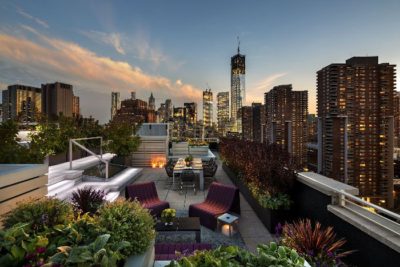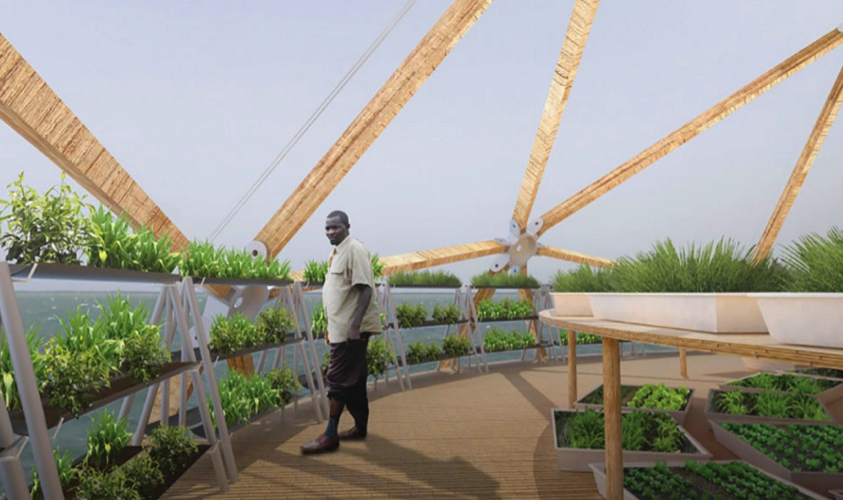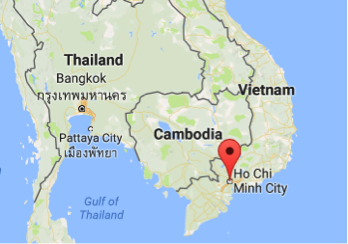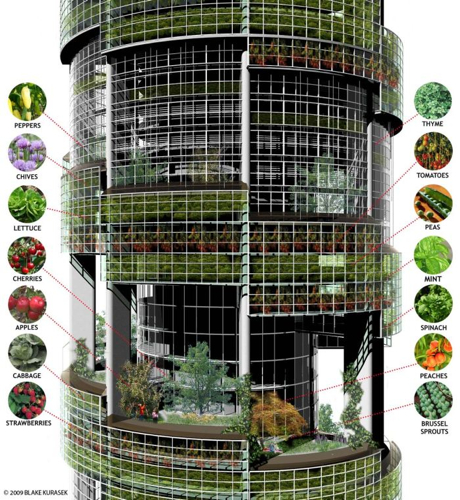From Agrihood to Suburb
The Cannery, a new planned development in Davis, California, is located on the site of a 1961 Hunt-Wesson factory, which canned its last tomatoes in 1999. Today, the Cannery’s only link with its industrial past is the name. The new 547-unit development is an ode to the locavore lifestyle.
Developed by the conventional (high-end) homebuilder the New Home Company, it has a community clubhouse designed to look like a traditional white farmhouse, and its own five-acre organic farm, which will sell some of the produce to residents. “It’s an interesting model for how you might introduce agriculture in places that might not have had it before,” says Joe Runco, principal at SWA, the firm that did the master planning and landscape design. “The farm is small enough to be part of the neighborhood, but it’s also more than a community garden.”
Planned developments that incorporate a farm are known as “agrihoods” and are catching on across the country. “They’re becoming the new golf-course community,” says Ed McMahon, senior resident fellow at the Urban Land Institute, who estimates there are about 200 such neighborhoods around the country. “They represent the values of Millennials—a convergence of food, health, local ties, and the sharing economy.”
The Cannery shows how all the pieces can fit together within a project that checks off many New Urbanist boxes. There’s a small retail/commercial center, and residents can walk or bike to downtown Davis, which is about a mile away. Only a third of the housing will be single-family homes; a range of townhouses, condominiums, and apartments should attract a multi-age community. The density of 5.5 units per acre (or 8.6, minus the farmland and parks) is higher than the 3 to 4 units per acre of traditional suburbs—although only slightly. The townhouses are selling for upwards of $400,000 and the single-family homes for $700,000 and up; agriburbia doesn’t come cheap. But with 60 units of affordable housing, the development will have some economic diversity.
For planners and land conservationists, agrihoods can be a useful tool for preserving existing farmland. Earlier communities, like Prairie Crossing in Illinois and South Village in Vermont, were established to ward off wholesale development. “Planned developments are a zoning tool that is well-suited to development-supported agriculture, since they allow for effective master planning and combinations of diverse land uses that are difficult to achieve with traditional, Euclidean-style zoning,” says Jennifer Henaghan, deputy research director at the American Planning Association. The Cannery was just named “master-planned community of the year” by the National Association of Home Builders.
The Cannery had open fields along its eastern border, so was required to have a buffer. The developer could have put in landscaping, but opted to create a narrow farm instead. Ensuring the long-term sustainability of the farm is an important part of the puzzle. Some agrihoods have long-term leases with commercial farmers. Another model is to set up “incubator” farms that allow new farmers to launch their careers on a small scale. The Cannery’s farm is under the stewardship of the Center for Land-Based Learning, a local nonprofit that trains farmers. It will lease the land to its recent graduates.
The idea of being vicarious farmers is deeply appealing to future residents like Mylon and Samrina Marshall, doctors who have lived in Davis for 20 years. “We don’t have a green thumb,” says Samrina, “but we love going to the farmers market and eating locally and what is in season.” After moving in this summer, they hope to get one of their staples, organic heirloom tomatoes, from their own neighborhood farm. It’s a vision of the good life that is primed to reshape many American suburbs.
Source: CityLab




























